Ancestral diet plans support your muscle cells, fat loss, and improved health – but which specific ancestral diet plan is right for you?
Below, you’ll find examples of ancestral diets and how to tell which plan might fit you best.
Also outlined are the benefits of carb cycling – and why and when to re-feed your body after a cutting phase.
What Is an Ancestral Diet?
An ancestral diet is a plan for eating that is similar to how our ancestors ate before the industrial revolution.
An ancestral eating plan is a lifestyle diet because its primary purpose is to improve overall health and is designed to be a permanent upgrade in daily eating habits.
There are many types of ancestral diets, but among the most popular – and effective – are paleo, keto, and raw food vegan.
Paleo, Keto, and Raw Food Vegan
Which ancestral diet is better – paleo, keto, or raw food vegan? All three are lifestyle diets inspired by eating habits from our ancestors, and all three offer potentially positive benefits.
Ancestral diet plans can be highly effective for creating lean muscle in your physique – if you choose the right nutritional regimen to match the unique needs of your body:
- The paleo diet harks back to humans’ early years as hunter-gatherers – when meat, seafood, vegetables, fruits, seeds, and nuts were standard fare.
- The keto diet harks back to a time before processed simple carbohydrates were readily available; this diet emphasizes the consumption of healthy fats – using ketones as the body’s primary energy source, as opposed to glucose.
- The raw food vegan diet harks back to humans’ agricultural era when we also began to create strains of vegetables and grains that were more edible than what had been found in the wild (pre-agricultural humans still ate plants, but agriculture made more plant food choices possible; ancient wild broccoli, for instance, was much different – and less edible – than the broccoli we eat today).
Difference Between a Lifestyle Diet and a Weight Loss Diet
A lifestyle diet is different than a weight-loss diet.
A weight-loss diet is temporary and designed to help the body shrink fat stores quickly.

Weight-loss diets do not typically lead to permanent body-composition changes.
In fact, after dieting, many people will gain back more weight than before they started. This is because resting metabolism often slows down as – simultaneously – appetite increases.
The paleo, keto, and raw food vegan diets are more closely related than you might think.
What these three diets have in common is that they’re both not eating the same things.
Though paleo allows for meat and cooking – and raw food vegan does not – all three diets avoid processed foods, high fructose corn syrup, and seed oils such as hydrogenated soybean oil.
In other words, the primary reason people get welcomed results from these eating regimens is that they avoid the worst foods from the standard modern diet.
Carb Cycling on an Ancestral Diet – When to “ReFeed”
I tend to calibrate my carbohydrate intake based on fasting glucose – and any fat deposits that might be sitting on my lower back.
Most people today get their carbohydrates from sugary snacks, coffee drinks, grains, and flour (we usually underestimate the amount of these types of foods we are consuming).
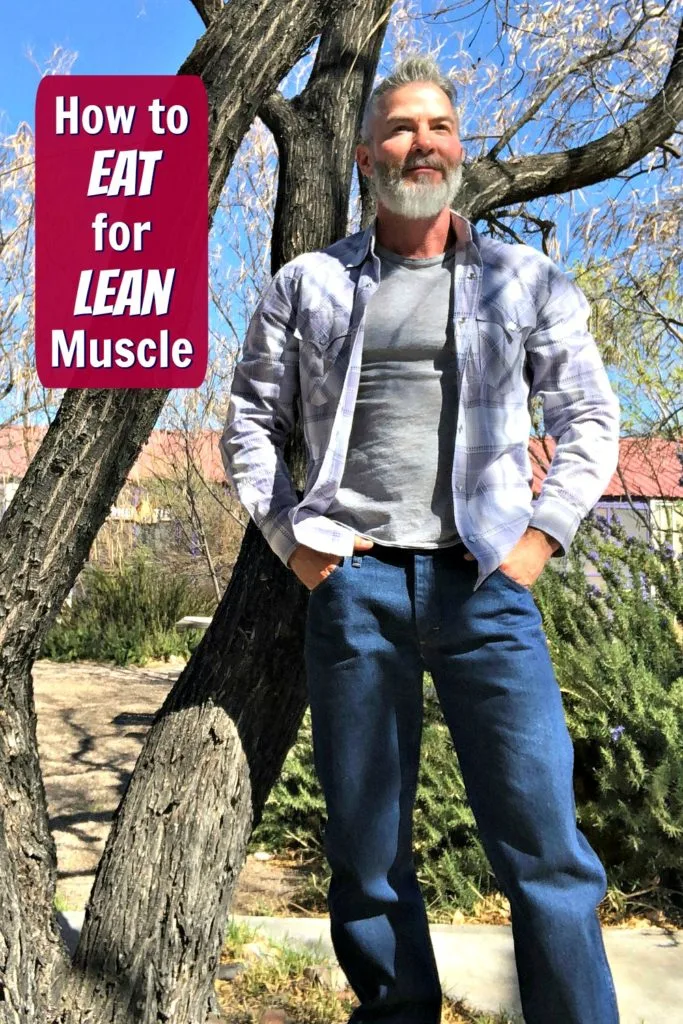
I’m 58 years old, so I rarely eat sugar or bread.
Because I tend to workout intensely and regularly, I typically allow myself anywhere from 100 to 200 grams of carbs daily. However, those carbs come primarily from vegetables (and some fruit).
Twice a week, I might have a small serving of white rice (but other than that, no grains).
My last fasting glucose was 70, so I’ve been allowing myself slightly larger servings of fruit at night.
Because of my rigorous level of daily physical activity, I don’t see the point of letting my fasting glucose dip below 70. In fact, sometimes, when I’ve earned more carbs through vigorous exercise, I’ll have a fitness cookie post-workout.
If I start to lose definition in my abs, then I know it’s time to reduce carbs again.
Are you curious about how to use carb cycling to create a healthier physique?
In my new course, “Silver and Strong: Getting Fit After Age 50,“ I explain why knowing your fasting glucose number is essential, the impact excess carbohydrates have on the human body, and how to craft a Fitness Comeback Plan that specifically meets the unique needs of your own body and lifestyle.
In my opinion, the course shares many high-value nutritional strategies that can have an amazingly positive impact on your health.
Potentially, you could look and feel better than you ever have before.
Which Ancestral Lifestyle Diet is Best for My Body?
All diseases and accelerated aging are – essentially – created by inflammation in the body.
This means that to remain healthy, the best ancestral diet for your body is the one that most effectively reduces inflammation.

The challenge with healthy eating is matching your daily grams of protein to your average level of physical activity.
In truth, no one can tell us what the absolute perfect diet is, as it largely depends on our unique body chemistry:
- some people have higher cholesterol, some lower
- some people have higher blood pressure, some lower
- some people have a sensitivity to grains, others thrive on grains
- some people have a sensitivity to meat, others thrive on meat
- many people are trying to lose weight, but some are trying to gain weight.
It’s up to each person to determine what type of daily food regimen will help them to reduce inflammation, to thrive, and enjoy perfect health.
Nutritional expert David Rainoshek asserts that each of us is on a nutritional journey. At various times in our lives, we find ourselves in different places on the diet spectrum.
There’s a full spectrum of cuisine available to the modern Westerner.
There are more food choices available to us now than ever before.
While it’s nice to have variety, so many food choices can also add to the confusion.
…wherever we happen to be on the diet-spectrum is fine, as long as we understand that we’re on a journey and that we keep moving toward increased health and vibrancy”
Rainoshek explains that traveling bravely along a diet spectrum is, in fact, a journey of today’s hero.
Currently, some nutritional experts are taking the best aspects and intentions of the paleo, keto, and raw food vegan diets – and combining them.
Why Do I Eat So Much of the Wrong Foods? (The 3 Reasons We Overeat)
There are many reasons that we eat so many of the wrong foods today. Here are three of the primary ones.
1. We Choose Foods that are Addictive
Processed foods (and many drinks) within the standard modern diet are addictive.
Sugar, salt, flavorings, trans-fats – since childhood, our taste palates have been trained to enjoy textures and flavors that are mostly unnatural (meaning, they don’t occur in those particular concentrations in the natural world).
Most snack foods are high in simple carbohydrates, which can be extremely addictive for some people.
Simple carbs provide energy that is not sustaining. Therefore, you must keep getting a “fix” to enjoy the buzz.
Fortunately, there are also delicious menu items containing complex carbohydrates that sustain your energy without creating as many blood sugar spikes.
2. We Choose Foods that Help Us Fall Asleep
Snack foods leave you with a warm, sleepy feeling that, at night, can help you to fall asleep.
However, though these foods may help you to fall asleep, they don’t help you have a whole night of quality sleep.
This is because your body has to spend its valuable sleep time trying to digest the muck and create fat cells for storage – when it could be concentrating instead on healing and cell repair.
Fortunately, some foods help us to sleep better and are suitable for our bodies.
3. We Choose Foods that Make Us Tune Out
Often what we’re doing is using sweet snacks to medicate daily feelings of low-level anxiety.
Many sugary foods make our brains stop thinking so much as we’re knocked into a sort of relaxed stupor.
Fortunately, we have other food choices for managing daily anxiety that is much healthier. Green smoothies, for example – when fresh and properly made – can help a human body to stay lean and strong. Green smoothies raise energy, relax the central nervous system, and satisfy taste buds with a pleasing taste and texture.
“How Can I Eat Better?”
Since the primary objective of these three diets – paleo, keto, and raw food vegan – is not weight loss but instead improved health and longevity, I have many fitness friends following these diets – and I can see that they each have advantages.

Raw food vegan is not only good for the person following the ancestral diet – it emphasizes organic, uncooked foods – but it’s good for the planet, too.
On the other hand, Paleo is extraordinary in its simplicity, and athletes, in particular, seem to do very well on it.
Keto is excellent for skin and hair, and over time a keto program helps the body build its internal machinery for using ketones for energy again – instead of just blood sugar.
I’ve been following an ancestral diet that combines all three. I lost over 15 pounds of body fat on it. My muscle tone significantly improved, too.
My Ancestral Diet Eating Regimen
Here is my current daily diet:
- I generally have green smoothies (the ingredients of which are entirely raw and vegan) and giant “super salads” every day.
- Because my workouts can be extra intense, I also have one small-to-medium portion of animal protein each day, usually at night – free-range turkey, pastured eggs, or grass-fed bison.
- I eat a higher-than-average amount of healthy fats – including coconut butter, MCT oil, olive oil, avocados, and almonds. This often keeps me in low-level ketosis.
TIP 1: I have found, personally, that if I’m going to eat fewer carbs, I must, therefore, increase my intake of healthy fats. Otherwise, my physical energy gets low, and my brain chemistry gets bleak.
TIP 2: If you decrease carbs and increase fats, your body might (depending on your age and genetics) need a little time to become keto-adapted (skilled at getting energy calories from fat ketones instead of glucose).
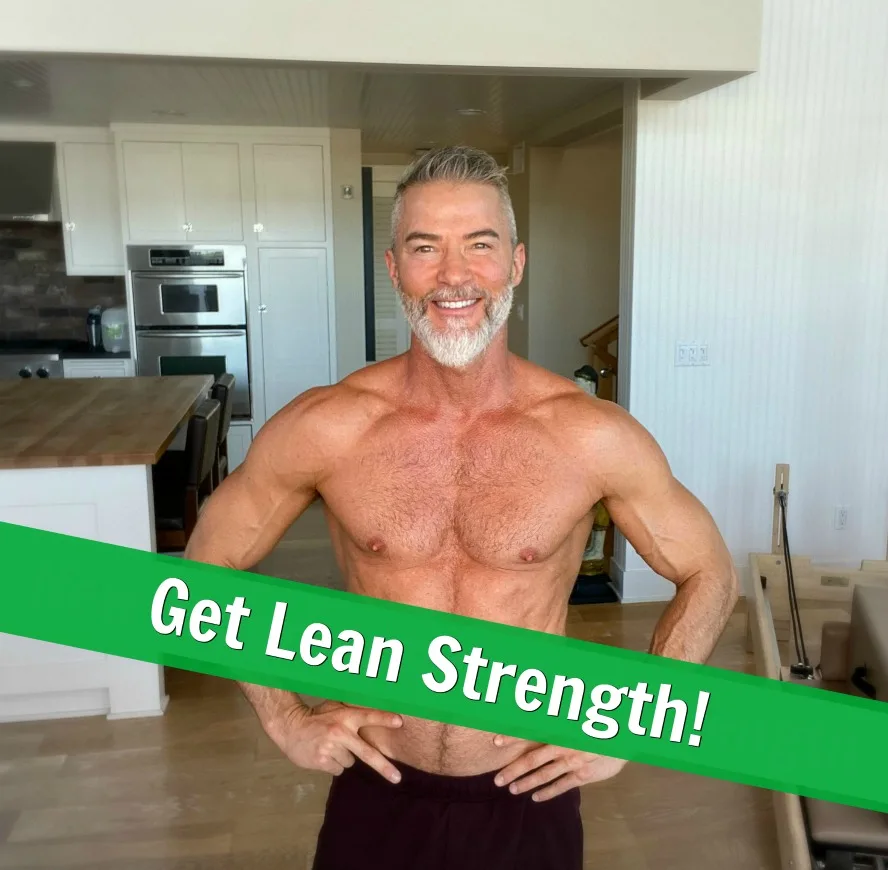
TIP 3: If you’ve been eating low-fat for decades, your body may have temporarily lost some of its ability to produce the correct digestive enzymes in the correct amounts for higher fat. Ask your doctor, naturopath, or nutritionist for suggestions.
TIP 4: If you eat under 100 grams of carbohydrates a day and eat no grains or flour – and workout daily – then you will likely need to supplement with electrolytes to avoid dehydration, neck soreness, or muscle cramping.
Eating more plant-based micronutrients is a wise idea. In this video, I reveal that among the easiest and most enjoyable ways to get nutrition into your body is with smoothies. They’re nutrient-dense, and frankly, they’re potentially life-changing.
Everybody likes different fruits and vegetables – and it’s really up to you to play around with the smoothie recipes to find something that works for you at a particular time.
For example, when you first start out drinking smoothies, you want them sweeter, because if this whole using-your-blender-daily thing is new to you, you probably have the palate for the standard modern diet, and therefore you like things that are sweeter. So, you’ll add more fruits in the beginning.
However, as you become more experienced with smoothies, your palate will likely evolve – and you’ll want to add more vegetables because you’ll enjoy that flavor more. So my point is, is that with smoothies, you want to experiment.
You want to play around; you want to use a recipe that is good for you at that particular time. You can even think of smoothies in terms of beginning-level, intermediate, and advanced.
Also, there are the macronutrients – and those are proteins, carbohydrates, and fats. You actually need all three; how much of each you need depends on where you are in your nutritional journey.
You might need more carbs in the beginning. You might need more fat at the advanced level. It depends on how much you workout, your current weight, your average fasting glucose number, and your health and fitness goals.
By the way, when making the smoothie, you always want to start at low speed first. Start low, and gradually increase the speed. The green superfood smoothie is what it’s all about. Tastes so fresh and is so revitalizing.
Rainoshek puts the daily intention to eat better into a broader cultural context: that each of us is on the hero’s journey and that wherever we happen to be on the diet spectrum is fine as long as we understand that we’re on a journey and that we keep moving toward improved health and vibrancy.
The truth is, no one really eats precisely like our most primitive ancestors, who, in all likelihood, subsisted on insects and grasses.
The reality we face today is that many modern foods are irritants to the human body.
The positive microorganisms that live within our body – and evolved with us over tens of thousands of years in a mutually beneficial relationship – have only recently been exposed to industrialized foods and synthetic ingredients and have not yet had a chance to adapt.
Irritating foods can contribute to intestinal permeability (see sources below) – a common condition that many believe can initiate an eventual downward spiral of health challenges.
The good news is that removing irritants from your daily diet – even for just four months – can go a long way toward healing a leaky gut. Ask your medical doctor what particular ancestral diet might serve you uniquely best.
You may find that after four months of eating cleanly, your addictive urges have lessened significantly, and you feel so fantastic that you no longer want to return to your previous eating habits. That’s quite common for people who adopt an ancestral diet.
40 Ancestral Diet Ingredients to Stock in Your Anti-Inflammatory Kitchen
One of the tricks to keeping a healthy kitchen – whether you’re paleo, keto, or raw food vegan – is to stock it ahead of time with anti-inflammatory ingredients.
With a well-stocked, ancestral diet kitchen, you’re always poised to make a quick and delicious meal – and you’ll be less tempted to snack on cheat foods.

When used impulsively, foods can erode your health and appearance.
The good news is that – used strategically – ancestral foods can restore your health and appearance.
My daily paleo diet is inspired by the medical doctor and lecturer Terry Wahls, whose anti-inflammatory, autoimmune protocol (AIP) is designed to restore cellular function and reverse negative health symptoms within the human body.
Actually, all of the ingredients stocked in my refrigerator – with the exception of farm eggs, free-range turkey, grass-fed bison, and ghee – work beautifully in a raw food vegan diet as well.
To help myself adhere to the protocol, I try to meal-plan out the week ahead (and especially the following day) as carefully as I can. I keep my kitchen stocked with these 40 anti-inflammatory ingredients:
- organic leafy green vegetables (kale, chard, spinach, parsley, cilantro, lettuce)
- other vegetables (broccoli, cucumbers, zucchini, radishes, carrots, avocado, organic tomatoes, organic yellow bell pepper)
- cultured coconut milk (unsweetened non-dairy yogurt)
- full-fat coconut milk (unsweetened)
- kombucha tea
- free-range turkey and pastured chicken eggs
- oils (MCT, cold-pressed olive, cold-pressed avocado)
- free-range bison
- other teas (ginger, nettle leaf, green)
- organic lemons, limes, and berries
- almonds, brazil nuts, pecans, chia, flax
- organic clarified butter
- sweet potato
- spices: sea salt and Himalayan pink rock salt, turmeric
- blue-green algae
By the way, some people are more sensitive to lectins in foods than others. Those sensitive to lectins might do well to lessen (or avoid) their daily amounts of nightshades – such as tomatoes, zucchini, bell peppers, and eggplant.
Top Shelf
Inside our refrigerator at the moment are ghee (clarified butter), grapeseed oil Vegenaise (though I prefer Primal Kitchen Mayo now – because it doesn’t have canola oil), raw brazil nuts (for food-sourced selenium), and chia seeds (which I only have in small doses).
The idea behind healthy fats is to nourish the skin, prevent unnecessary blood sugar spikes, and provide the body with an energy source other than glucose. Healthy dietary fats have not been proven to feed cancer cells (carbohydrates and excess protein, on the other hand, have been proven to feed cancer cells.)
Second Shelf
The second shelf shows organic salad greens, homemade kombucha tea, raw pecans, a large bottle of Swiss water decaffeinated coffee with full-fat coconut milk (for when I run errands tomorrow), and a bottle of homemade thirst quencher with electrolytes and trace minerals (to hydrate during tomorrow’s workout).
Third Shelf
The third shelf reveals puréed organic berries (to flavor the kombucha), ground flaxseed meal, Daiya vegan cheese, vegan mushroom gravy (for adding to vegetable sautés), and unsweetened cultured coconut milk (non-dairy yogurt, which we buy by the case because we consume 16 ounces each morning).
In the back are packages of natural (cage-free/sugar-free/nitrate-free) sliced turkey breast – to which I add Primal Kitchen Mayo for a mid-day snack.
Fourth Shelf
Soaking in water in ramekins are chia seeds, brazil nuts, and pecans for tomorrow morning’s green smoothie.
The idea with pre-soaking and rinsing is to remove some of the irritants from the nuts and seeds and to make them more digestible.
In storage containers are radishes for salads and leftover bison and vegetables (bison tastes even better when it has aged a day or two in the refrigerator) for lunches.
In the back is puréed sweet potato, which I prepare myself and then store in containers to get my starch-resistant fiber. I have small amounts of this throughout the week, especially on heavy workout days when the complex carbohydrates will be beneficial.
Bottom Shelf
On the final shelf rests a pound of ground, free-range turkey defrosting for tonight’s dinner.
Vegetable Bins
Within the bottom bins are fresh bunches of parsley and cilantro (for green smoothies), cucumbers, zucchini, organic yellow bell pepper and carrots (for raw salads), organic celery stalks, garlic cloves, organic apples, lemons and limes, and tomatoes. (The rest of the vegetables are in the freezer, as listed below.)
Pantry
In the pantry are boxes of ginger tea, nettle leaf tea, avocados, unsweetened hemp milk, Hawaiian Sun full-fat coconut milk (I mention the brand specifically because it’s my favorite), jars of raw almond butter, bags of raw, sprouted “chips,” and boxes of No Cow plant protein bars (for emergencies).
Also, I keep plenty of dark chocolate on hand for those cheat moments.
I keep stocked jars of salsa, organic marinara, and vegan mushroom gravy – which I use sparingly when preparing sautéd meat and vegetables.
My spice shelf includes grinders of sea salt and Himalayan pink rock salt, turmeric, and blue-green algae.
Freezer
The freezer contains many bags of organic frozen vegetables – chard, kale, spinach, broccoli, and zucchini (all green smoothie ingredients) – and frozen organic chicken, turkey, and bison.
6 Daily Foods that Can Help Lift Your Health to the Next Level
What I try to consume each day on my ancestral diet is:
- 6 cups of vegetables (2 cups green, 2 cups sulfur, 2 cups color)
- 1 can full-fat coconut milk
- 4 to 6 ounces of free-range, organic meats
- 2 small glasses Kombucha (after lunch and after dinner)
- olive oil and clarified butter
I de-emphasize carbs to reduce my blood sugar, and I emphasize healthy fats instead. Ketogenic scientist Dom D’Agostino explains, “Our large brains have a massive energy demand. Ketones [from fat consumption] can fulfill that. Ketones can sort of replace glucose – our brains have the metabolic adaptability to switch from glucose to primarily ketone bodies.”
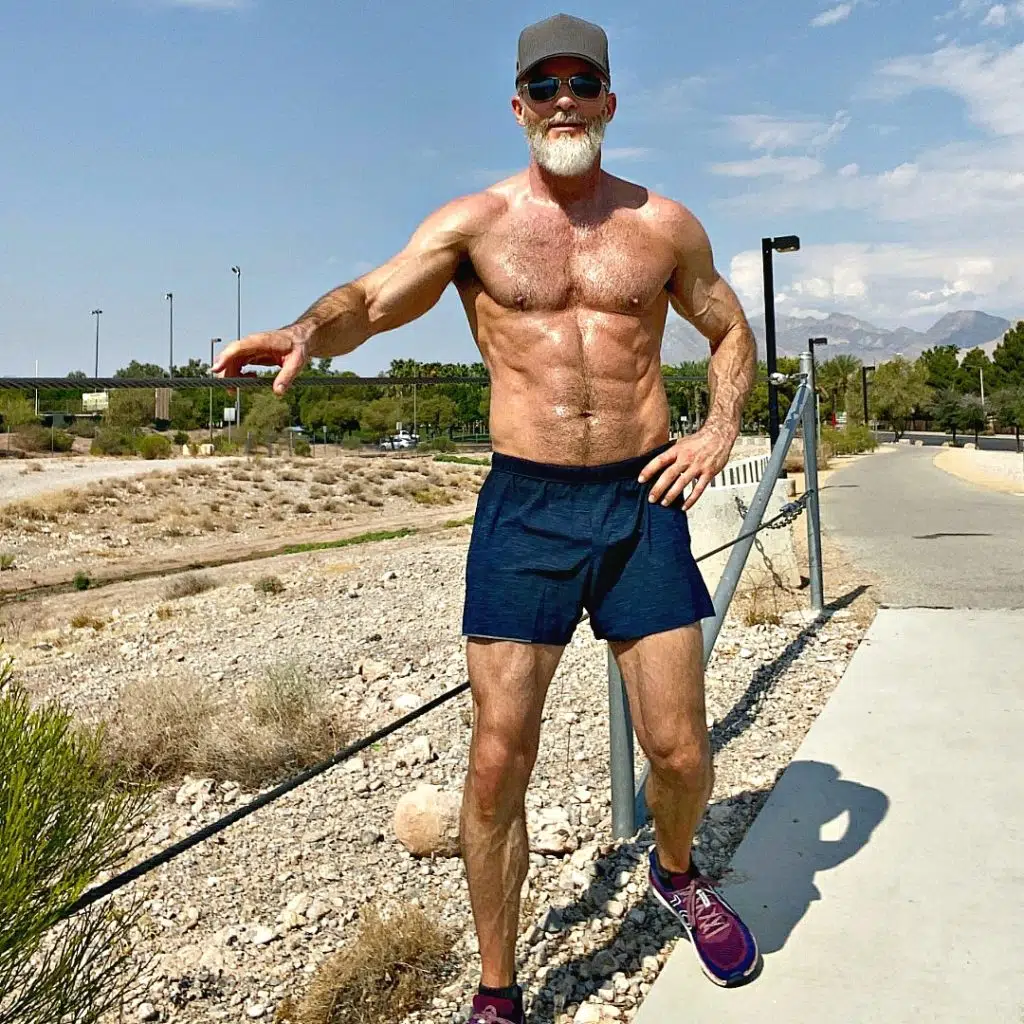
If you were to draw blood from someone on a ketogenic diet, it would look like they’ve been fasting, even though they’re consuming a nourishing diet with adequate calories. Therefore, they receive the health and longevity benefits of fasting while simultaneously avoiding the glycation and damage that comes from having high blood sugar.
Key Takeaways: an Ancestral Diet is Anti-Inflammatory and Improves Cellular Function and Overall Health
The way I eat is intentional.
I consume healthy fats and relatively few simple carbohydrates.
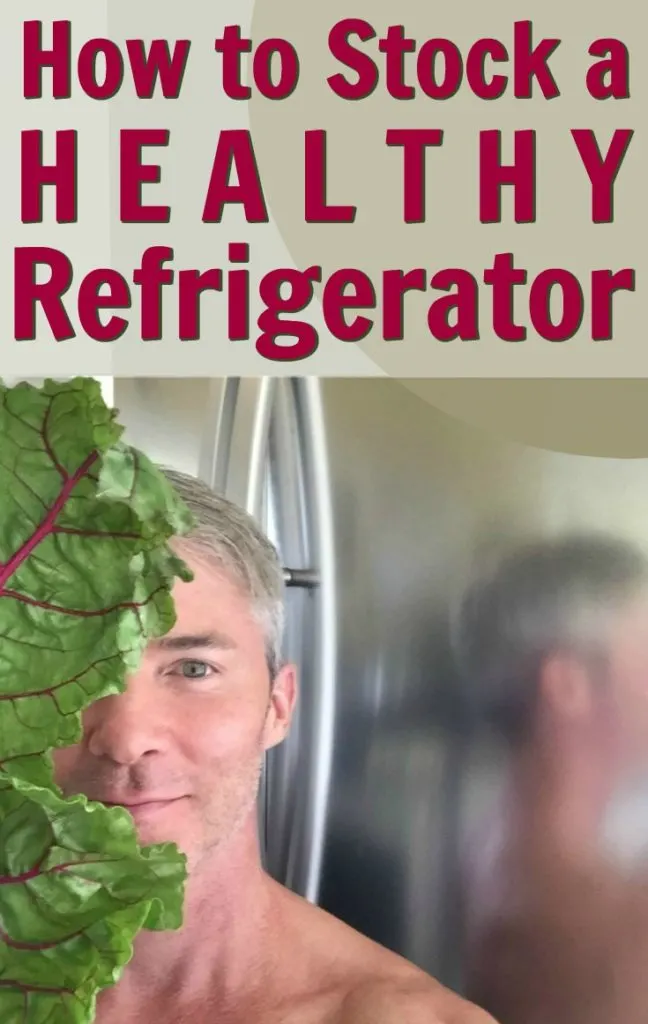
Since most diseases are created by inflammation and glycation within the body, the idea of the ancestral diet is to minimize inflammation and restore health at the cellular level.
My goal is to be within trace ketosis often (the zone in which my body effectively utilizes fat for energy instead of glucose).
If I find that I can’t get into (and remain within) the trace-ketosis zone for long periods, I make adjustments – essentially, eating fewer carbs and more fat.
What I like about the Wahls Protocol is that it outlines three levels of anti-inflammatory eating.
I started at Level 1, then began flirting with Level 2, and one day hope to implement Level 3 – the most advanced nutritional protocol.
Basically, I eat a lot of freshly made green smoothies and salads.
What figures most notably in the Wahls Protocol is what you don’t eat.
Essentially, I have gradually weaned myself off of caffeine, sugar, grains, dairy, and legumes. I do still eat nightshades (tomato and yellow bell pepper) in small amounts, fruits, nuts (soaked and sprouted, when possible), and seeds – but all in half the amount that I used to consume.
We do have cheats, such as Grapeseed Oil Vegenaise (UPDATE: I have since replaced this with Primal Kitchen’s line of mayos), Daiya vegan cheese (UPDATE: I have stopped eating this because of the seed oil it contains), and dark chocolate.
I’m human and have not followed this anti-inflammatory program 100% perfectly (at least, not yet).
Even following it 70% accurately, I have experienced positive results (washboard abs at age 58) and feel better today than I did at age 30.
Just as the best way to prevent clutter is not to fill your home with too many possessions and junk in the first place, I have similarly found the best way to prevent poor eating is not to fill our kitchen with snacky foods typically found within the standard modern diet.
My reasoning is, that I can’t cheat as easily if the cheat foods aren’t nearby.
- What one particular friend do you have who would find this article helpful or interesting?
- Which anti-inflammatory food has been working particularly well for you lately?
Each of us is called upon to find creative ways to improve our health and find the particular ancestral diet that is best for our bodies – and many people are enjoying positive results from following this anti-inflammatory style of eating.
Additional Sources on the Ancestral Diet
“Published Research on Health Benefits of Ancestral Diet” http://paleoleap.com/published-research-health-benefits-of-paleo/
“Does Paleo Work? 5 Studies on Ancestral Diet Say Yes” https://authoritynutrition.com/5-studies-on-the-paleo-diet/
“Research study reveals impact of ancestral diet and lifestyle choices on quality of life, function, and fatigue levels for any autoimmune condition” http://terrywahls.com/research-update-full-edition/
“The Cornell-Oxford China Study: the importance of ancestral diets rich in whole plant foods for cancer prevention” http://www.ncbi.nlm.nih.gov/pmc/articles/PMC3048091/
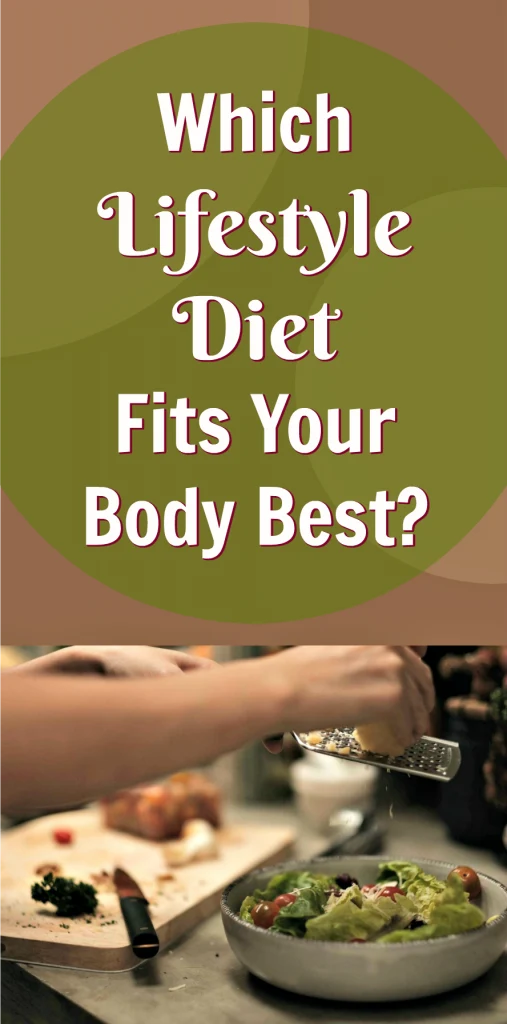
“Intestinal Permeability Research: increased intestinal permeability plays pathogenic role in various autoimmune diseases; loss of intestinal barrier function is necessary to develop autoimmunity” http://www.ncbi.nlm.nih.gov/pmc/articles/PMC2886850/
Research Reveals Which Macros Feed Cancer – https://youtu.be/5x8I-ruwdm8
Research Participants Gain Back Weight They Lost Dieting, or More – https://www.webmd.com/diet/news/20161014/how-your-appetite-can-sabotage-weight-loss#2
Scientist Provides Guidance to Metabolic Therapies and the Ancestral Diet – http://podcasts.joerogan.net/podcasts/dom-dagostino
Goodbye Wheelchair: Doctor Heals Herself through Ancestral Diet – http://www.phoenixhelix.com/2014/12/06/episode-07-the-wahls-protocol-with-dr-terry-wahls/
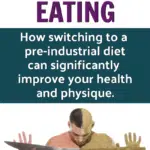
Leg Day: A Lower-Body, Functional-Training Workout • Over Fifty and Fit
Saturday 4th of January 2020
[…] to more practical workouts that engage muscles similar to how your body would use them in everyday ancestral […]
The Pilates Chair Workout • Over Fifty and Fit
Monday 6th of May 2019
[…] Seek out your medical doctor before beginning any new strenuous exercise program or significant lifestyle change. […]
Benefits of Removing Sugar and Grains from Your Daily Diet
Sunday 7th of April 2019
[…] balanced meals that focus on fresh vegetables and include portions of fats and […]
Fight Andropause and Lose Stomach Fat with Green Smoothies
Friday 8th of March 2019
[…] I figured I would experiment with adding more raw foods into my daily diet, […]
Stronger Abs! 12 Exercises to Help You Develop Firm Core Muscles • Over Fifty and Fit
Tuesday 31st of July 2018
[…] best way to be able to see all of your ab muscles is to eat properly. An anti-inflammatory diet reduces fat cells, bloat, and puffiness under the […]